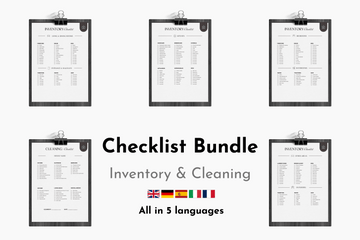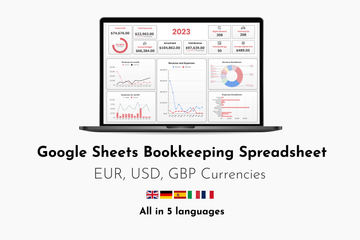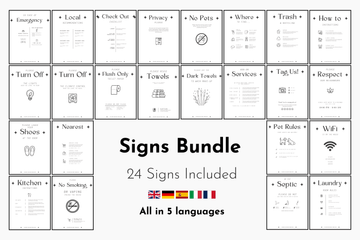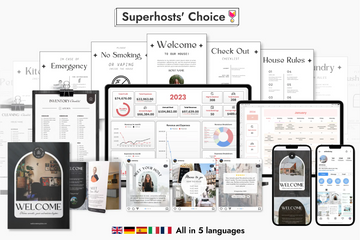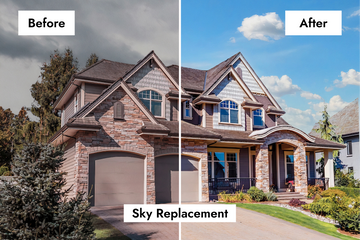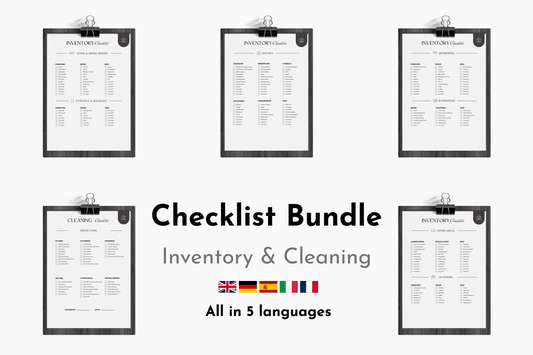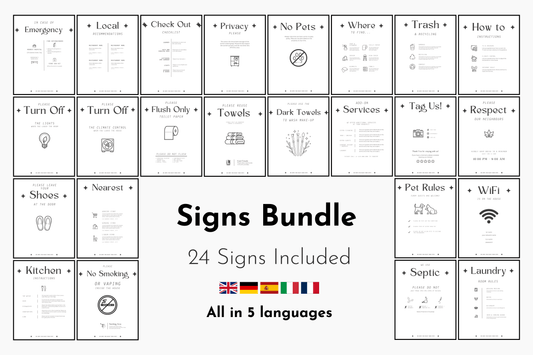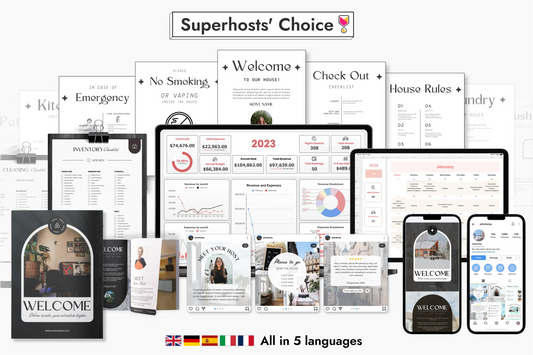One of the key factors in maximizing the profitability of your Airbnb listing is adjusting your pricing based on seasonal demand. Seasonal pricing adjustments allow hosts to stay competitive, fill their calendars, and increase revenue by capitalizing on high-demand periods while offering attractive rates during slower times. Here’s how to implement effective seasonal pricing adjustments for your Airbnb property.
1. Understand Local Market Trends
Before making any pricing changes, it’s essential to understand the seasonal demand in your area. Some common factors that affect demand include:
- Weather: Coastal or outdoor destinations may see higher demand during warm months, while ski resorts thrive in the winter.
- Holidays and Events: Major holidays (like Christmas, New Year's, and Thanksgiving) and local events (such as music festivals, sports events, or conferences) can drive up demand.
- Tourism Cycles: Many locations have a distinct high season, such as summer for beach towns or fall for cities known for foliage.
To tailor your pricing to these trends:
- Research your area’s high, low, and shoulder seasons (transitional periods between high and low seasons).
- Use Airbnb’s pricing tools to analyze demand, or explore platforms like AirDNA to get detailed insights on local booking trends.
- Check out other Airbnb listings in your area to see how they adjust prices during different times of the year.
2. Establish Base Rates and Seasonal Peaks
Once you understand your market, establish a base rate for your listing. This rate will be the starting point for pricing adjustments throughout the year. From there, identify high-demand periods when you can increase your rates and low-demand periods when you should offer discounts to attract bookings.
- High-Season Pricing: During peak seasons, demand is high, and you can raise your prices. For example, in a beach town, you might increase prices during summer months. Consider increasing rates during holiday weekends or local events when you expect an influx of travelers.
- Low-Season Pricing: When demand drops, so should your prices. Offering competitive rates during the off-season can help you fill vacancies. For instance, a ski cabin might see lower demand in the summer, making it a good time to reduce prices.
- Shoulder-Season Pricing: The shoulder season is a great time to find a balance between peak and off-season rates. During this transitional period, you can offer slightly lower rates to attract budget-conscious travelers without dropping too far below your base rate.
3. Use Airbnb’s Smart Pricing Tool
Airbnb’s Smart Pricing tool automatically adjusts your rates based on market demand, local events, and competition. This feature allows you to optimize your pricing without constant manual adjustments. Here’s how to make the most of it:
- Set Minimum and Maximum Prices: Smart Pricing lets you set a floor and ceiling for your rates, so you always remain within a comfortable pricing range. For example, you might set a minimum price for low seasons and a higher maximum for peak times.
- Monitor and Adjust: Although Smart Pricing does much of the work, it’s essential to monitor how your listing is performing and make manual tweaks if necessary. If you notice fewer bookings during a high-demand period, you may want to raise rates further or, conversely, offer discounts if demand is lower than expected.
- Flexibility: While Smart Pricing can be a great tool for adjusting rates automatically, it’s important to review its performance regularly to ensure it aligns with your goals.
4. Incorporate Last-Minute and Early-Bird Discounts
To maximize occupancy during slower periods or encourage early bookings during high demand, consider offering last-minute discounts or early-bird specials.
- Last-Minute Discounts: Lowering your price for unbooked dates that are just a week or a few days away can help fill vacancies. This strategy is particularly useful in the off-season when demand is low, but you still want to attract last-minute travelers.
- Early-Bird Discounts: Offering discounts to guests who book far in advance can help secure bookings for the upcoming high season. This gives you guaranteed revenue and reduces the uncertainty of relying on last-minute bookings during peak times.
You can set up these discounts automatically through Airbnb’s pricing settings or offer them manually by updating your listing’s rates for specific time frames.
5. Capitalize on Local Events and Holidays
Local events, festivals, conferences, and holidays can dramatically increase demand, even during traditionally slower times of the year. To make the most of these opportunities:
- Research Local Event Calendars: Keep track of local event schedules and update your pricing as needed. For example, if your town hosts a popular music festival in the spring, consider raising your rates during that weekend.
- Holiday Pricing: Major holidays like Christmas, Easter, Memorial Day, and New Year’s Eve are prime times to adjust your pricing. Many travelers plan their vacations around holidays, and higher demand can justify premium pricing.
- Advertise Event Proximity: In your listing description, mention how close your property is to key event venues or seasonal attractions. This can help justify a higher price, especially if your property is conveniently located for event-goers.
6. Create Special Packages and Promotions
Another way to adjust your seasonal pricing is by offering special packages or promotions that attract different types of travelers depending on the season. Here are some ideas:
- Holiday Packages: Create a holiday-themed package during Christmas or New Year’s that includes decorations, complimentary drinks, or a special meal. Guests may be willing to pay more for a unique and festive experience.
- Extended Stay Discounts: Encourage longer stays by offering discounts for guests who book for a week or more. This is especially useful in the off-season when occupancy may be lower. For example, a 10% discount for week-long stays can attract remote workers or slow travelers.
- Themed Promotions: Offer packages tailored to specific guest types during certain seasons, such as “Winter Getaway” for skiers or “Spring Break Special” for families. By bundling these offers with competitive pricing, you can make your listing more attractive.
7. Monitor and Adjust Based on Performance
Adjusting your pricing isn’t a one-time task; it requires ongoing monitoring and tweaking to stay competitive. Keep an eye on your occupancy rates, bookings, and overall market trends to ensure your pricing strategy remains effective.
- Track Booking Trends: Pay attention to how your listing performs throughout the year. If you notice a drop in bookings during a specific time, you may need to lower your rates or offer discounts to increase interest.
- Adjust in Real-Time: Stay flexible and adjust your rates as market conditions change. If a local event gets canceled or the weather impacts travel plans, be prepared to modify your pricing strategy quickly.
- Analyze Competitor Listings: Regularly check out other Airbnb listings in your area to see how their prices fluctuate with the seasons. This will help you stay competitive and make informed pricing decisions.
Conclusion
Implementing seasonal pricing adjustments on Airbnb is a powerful way to maximize revenue, increase occupancy, and stay competitive. By understanding local market trends, utilizing pricing tools, and offering promotions, you can make the most of peak demand periods while keeping your property booked during slower seasons. With a flexible, dynamic pricing strategy in place, you can ensure your listing remains attractive to guests year-round while optimizing your earning potential.



